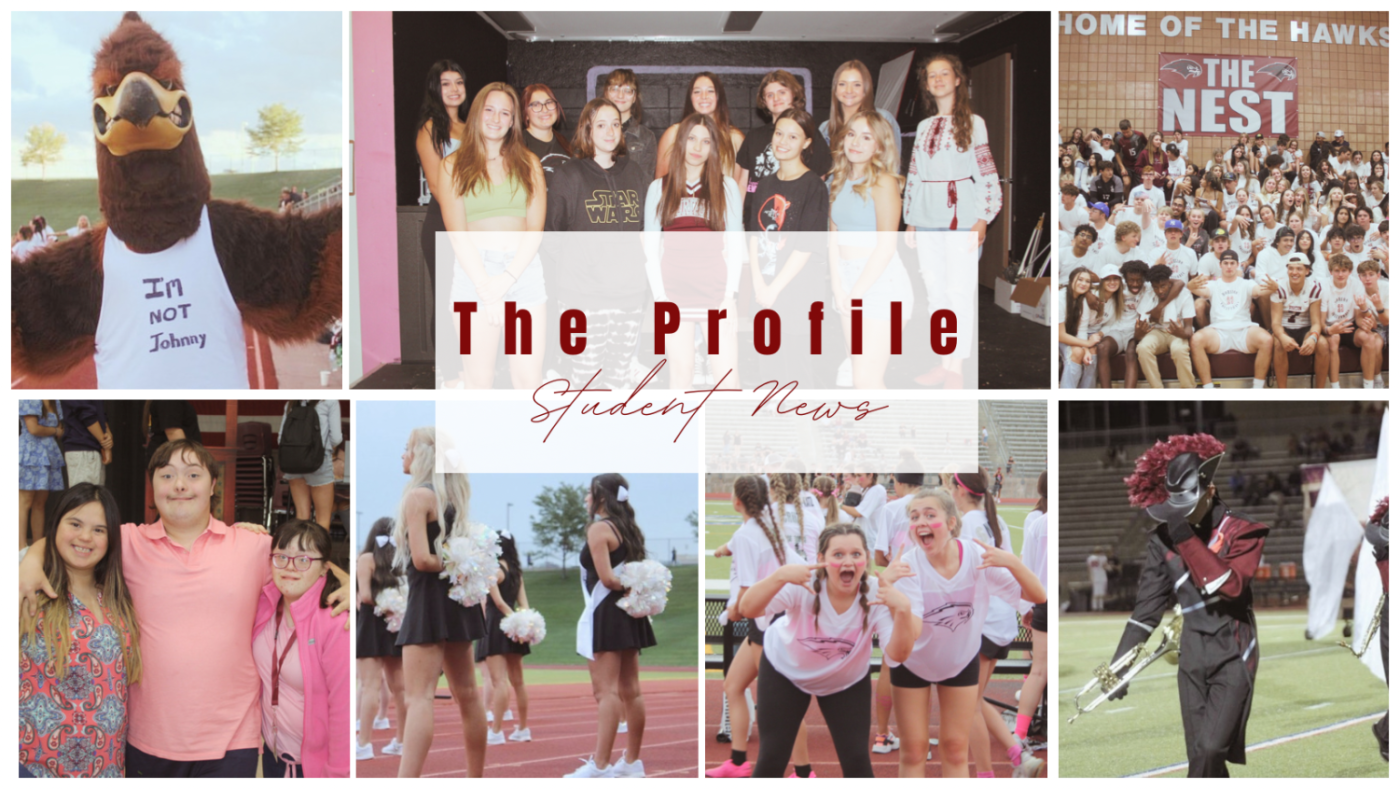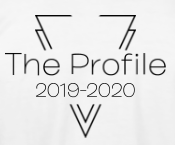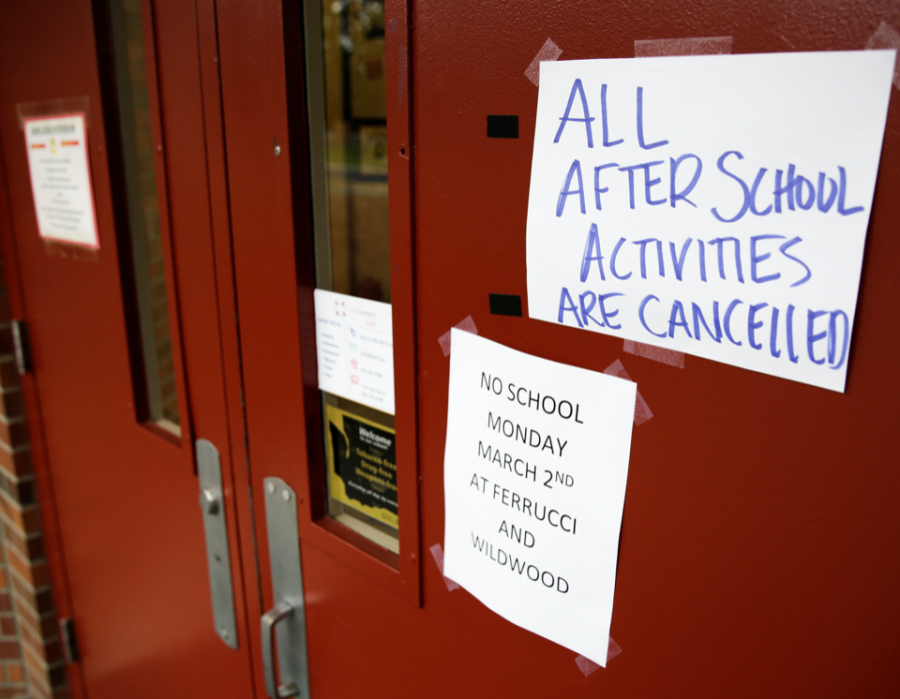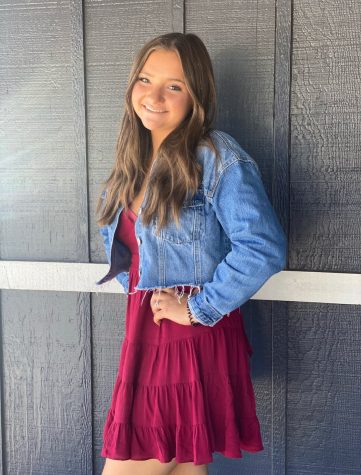Schools Face a Difficult Decision On If They Should Shut Their Doors
The Coronavirus has had a major impact on schools across the world, but officials are trying to change that.
December 7, 2020
Covid-19 continues to get worse and worse everyday, which leaves a big question for school districts to answer: should schools shut down and should they reopen after winter break ends in January? At the beginning of the school year, many Colorado schools decided to go remote immediately and then eventually move into a hybrid model. After the hybrid model took place, Colorado’s cases were surging with hundreds of new cases a day. Many districts like Adams 12 decided to shut down in early October due to the safety of their students being at risk. However, other districts like Denver Public Schools did not decide to shut down until early November. Some district’s currently plan to go back after winter break ends, but Colorado doesn’t know if that will happen due to the rising cases.
Coronavirus transmissions in school have proven to not be significant, but the increase in cases is now at the highest it has ever been and experts are warning citizens that the worst is still coming. As of mid November, health officials reported 177,000 new cases on a single day which is a record high. There have been over 10.7 million coronavirus cases and 243,000 fatalities since March, and health officials see no end in sight.
What is Colorado Doing?
In August many Colorado schools shut down immediately and didn’t let their kids go to school at first. Some districts also pushed back the start date like Adams 12. However, in late September and early October many districts let kids go back to in-person learning. That worked for a couple of weeks until cases started to surge again and schools were having hundreds of students having to quarantine at once. This led to most schools shutting down and making statements that they were not going to reopen until January. But some districts like Denver Public School just recently decided to shut down and go full remote.
Colorado was one of the first states to shut schools down, shutting down some schools in early October and as late as late November. The Superintendent of Denver Public Schools (DPS) urged everyone to “do our part” so that children can return to in-person learning as key data metrics such as positivity rates and hospitalizations related to COVID-19 continue to cause concern. As of now, many schools are planning to go back to a hybrid model after winter break but the cases are still surging so there is no guarantee that will happen. Many students have been angered by remote learning for many different reasons. One of the main reasons is it is very hard to learn when you are at home when there are so many other distractions. The Superintendent continued saying, “With the absence of a change in trends with the direction of COVID, it is going to be exceedingly challenging to get kids back in school; frankly, it’s going to get hard to keep kids in school…As a community, the most important thing we can do is make the commitment to our students that their opportunity to learn in person is more important than an adult’s opportunity to hang out with friends and get together”. The districts are well aware of the difficulties kids are going through which is why they are trying to get us back into school as fast as they can, but they can only go so fast. Curfews have also been put in place to stop people from spreading the virus along with a statewide mask mandate.
What Are Other States Doing?
The latest cases are being blamed by health experts on social gatherings and not schools. Officials in Chicago, San Diego, Boston, along with others have put off plans to reopen in the 2020-2021 school year. Students will keep learning at home for the near future. In places like Texas, Utah, and Georgia districts are temporarily closing after reopening due to pandemic causing staffing shortages. In some cases, there were schools that had over 100 people test positive and were forced to shut their doors. In New York City, the largest district in the country with over 1.1 million students, the mayor Bill de Blasio was warned to get ready for a potential shut down. A few days later it was announced that they would indeed shut down.
Before many schools were forced to shut down, districts across the country were offering a hybrid model that allowed kids to go to school and stay home. Many parents took this opportunity and a lot of parents also put their child into full remote. Among the first schools to shut down were the high school, then middle schools, then finally elementary schools.
Schools all around the country are left with a difficult decision on whether they should continue to stay shut down or if they should reopen in the winter. What do you think, should schools remain closed?



